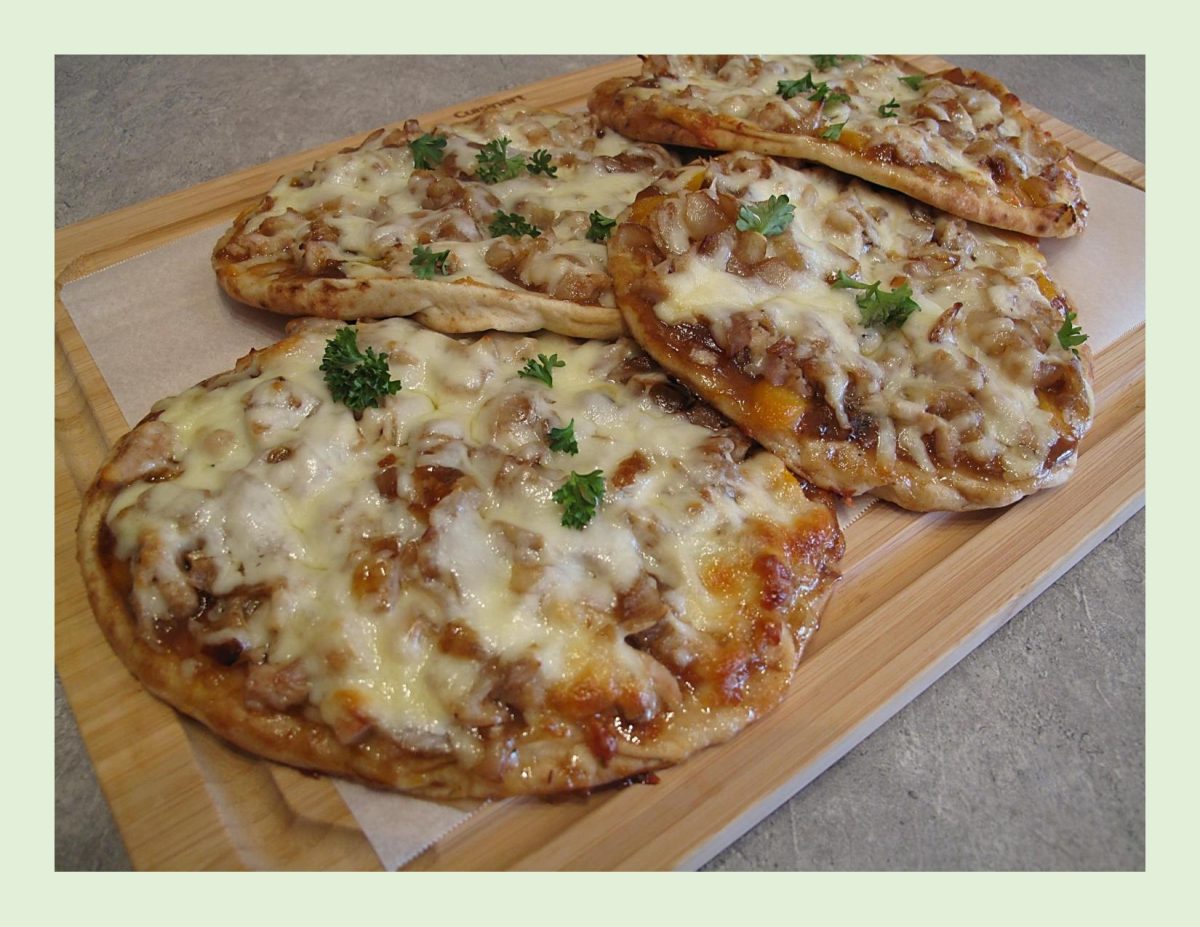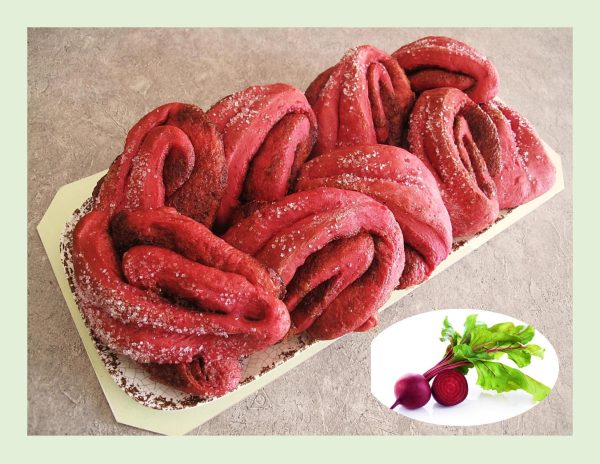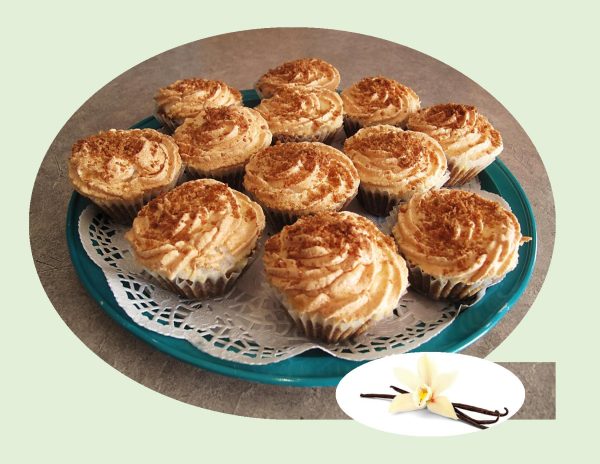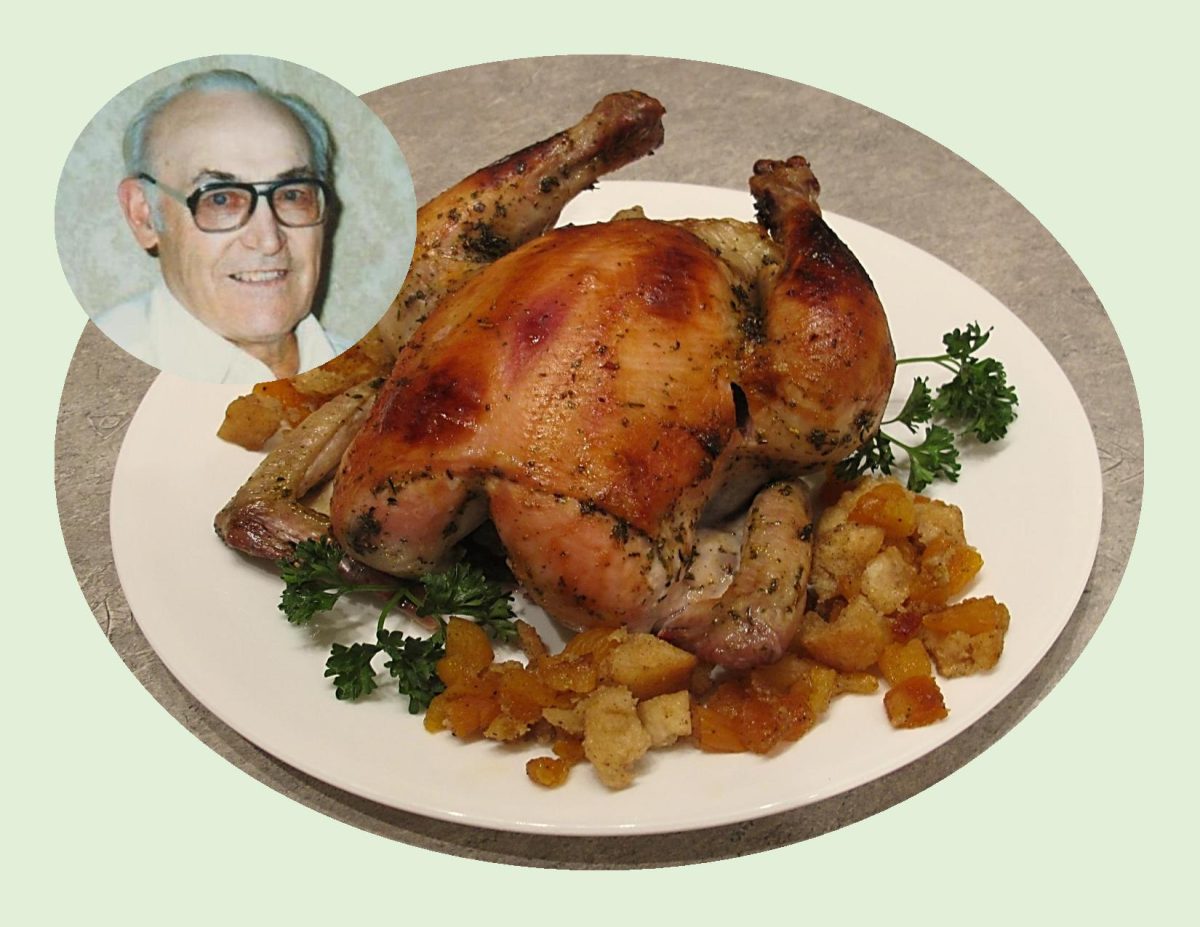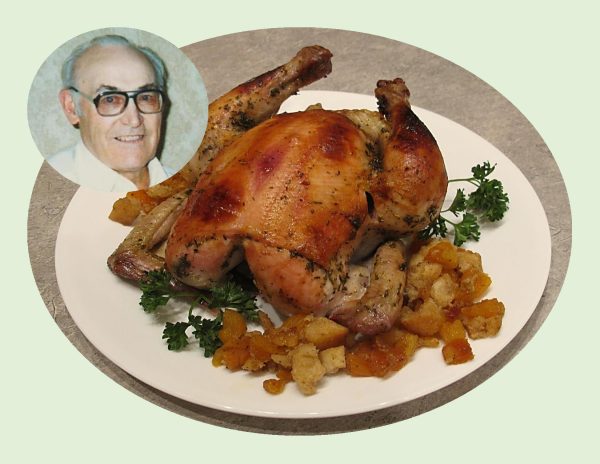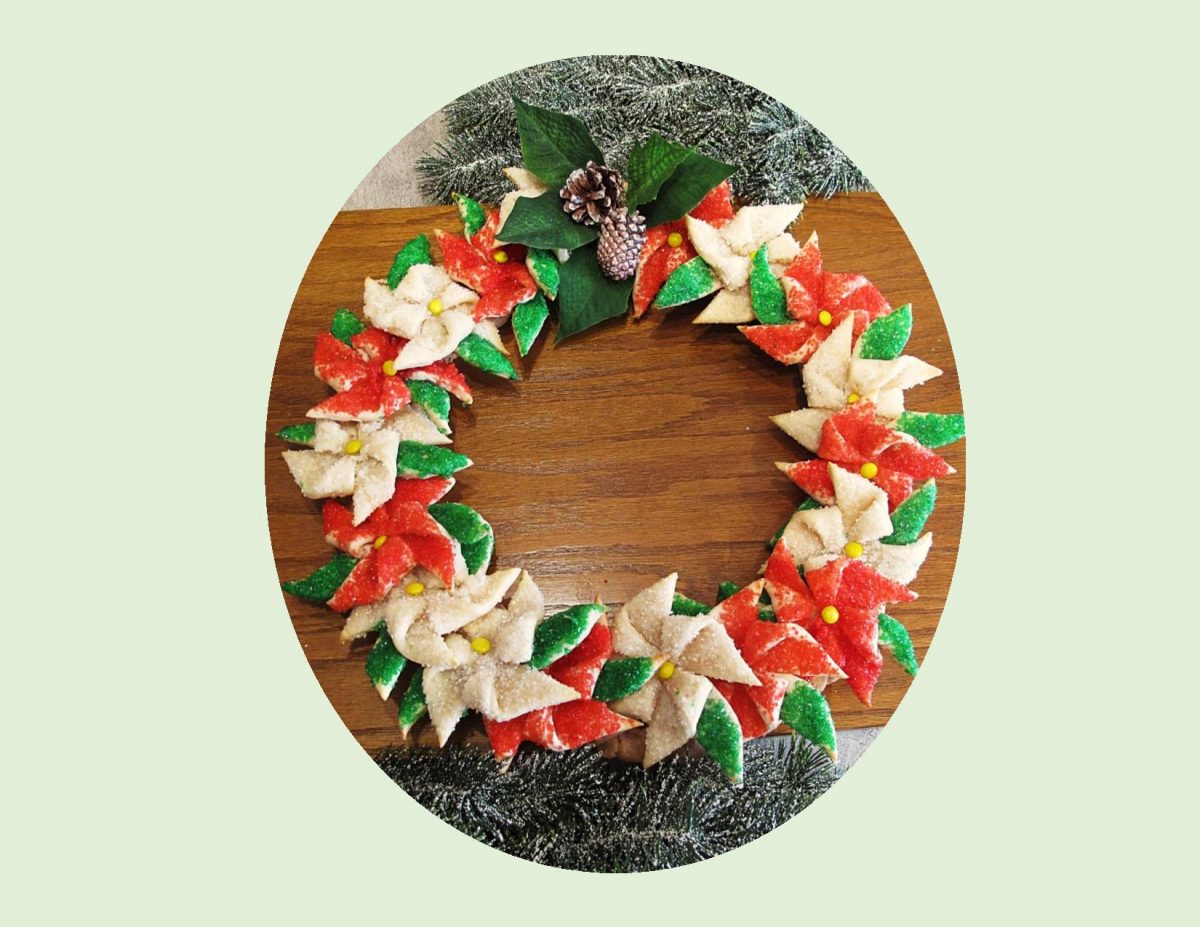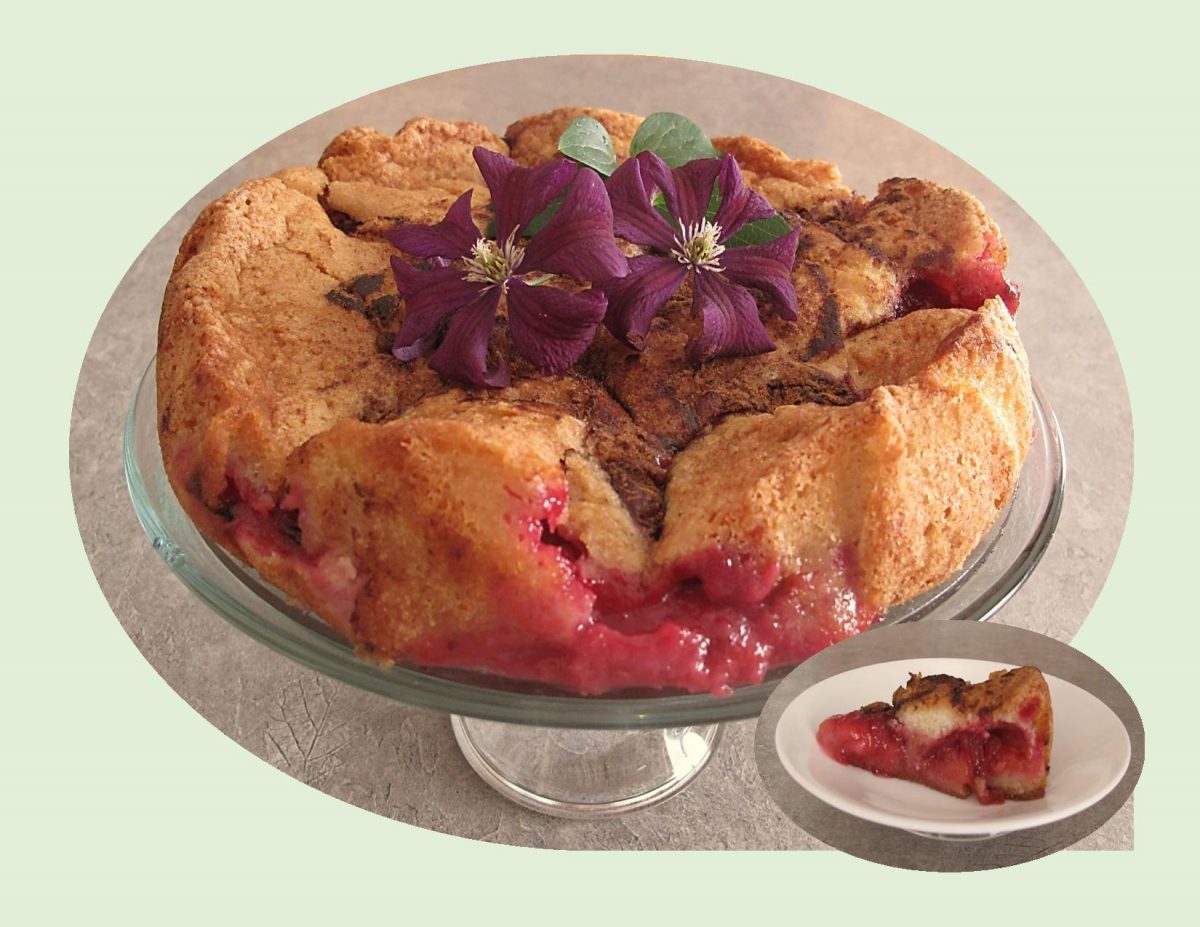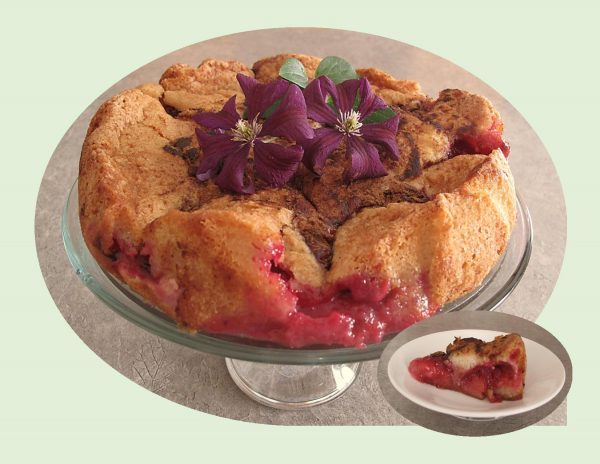CELEBRATING HERITAGE DAY!
In 1974, the first Monday of August was made an official provincial holiday to recognize and celebrate the varied cultural heritage of Albertans.
The Heritage Festival in our city of Edmonton, Alberta Canada is one of the world’s largest three-day multicultural events, taking place every August. The festival showcases a diversity of cuisine, entertainment, interpretive materials, and crafts worldwide. There is no admission to enter or to watch the many cultural dances and folk music shows throughout the day. Attendees will be able to purchase various food made by the pavilions. Due to the renovations currently happening at William Hawrelak Park, the festival has been relocated to the Edmonton Exhibition Lands and Borden Parks.
Today, I’m doing a savory version with some pulled pork with a seasonal fresh peach and onion chutney. Chutney is a condiment that originated in India that can add an extra zing to your meal. A chutney may be sweet and spicy or sweet and savory, depending on the spices and other ingredients used. Often served with meats, such as chicken, pork, or ham, as well as fish.
You’ve likely eaten naan bread at some time. The tasty Indian flatbread is traditionally cooked in the tandoor, carries a slight smoky aroma, and has a soft texture with pillow-like pockets studded over the top. Puffed flatbread has the power to move beyond a dinner accompaniment. It’s worthy of a role far better — like actually being the main course.
It proves to be super versatile — naan is soft and sturdy enough to take the place of bread, thin enough to be used as a flatbread or pizza dough, and pliable enough to work as a tortilla. It can be soaked, baked, fried, and folded to take on some surprising and delicious forms such as French toast, savory bread pudding, paninis, nachos or even as a dessert naan bread with bananas, strawberries & chocolate.
Ever since Brion & I got ‘tuned in’ to savory naan bread pizzas, we love them no matter what the topping is. Should be a good meal for today!

| Servings |
|
- 1/2 cup sugar
- 1/3 cup apple cider vinegar
- 1 Tbsp fresh ginger, grated
- 2 tsp garlic, minced
- 1/2 tsp cinnamon
- 1 tsp cumin
- 1/4 tsp crushed red pepper flakes or to taste
- 1/2 cup onion, chopped
- 4 cups (680 gm) peaches, chopped
- 1 Tbsp oil
- 1 large (340 gm) onion, diced or sliced
- 1/4 tsp salt
- 1 1/2 tsp apple cider vinegar
- 1 Tbsp brown sugar
Ingredients
Peach Onion Chutney
Caramelized Onions
Other Ingredients
|

|
- In a large heavy pot, combine sugar, vinegar, ginger, cumin, cinnamon & pepper flakes. Bring to a simmer over low heat, stirring until sugar dissolves. Add peaches & onion; increase heat to medium high & cook until peaches are tender & mixture thickens. Cool. ( I prefer to make this a day ahead).
- In a skillet, heat oil until hot. Add onion & sprinkle with salt. Cook & stir about 15 minutes or until moisture has evaporated & onion is soft. Reduce heat, sprinkle with vinegar. Cook & stir until golden. Add brown sugar, stirring until caramel in color. Remove from heat & cool.
- Preheat oven to 375 F.
- On a large sheet of parchment paper, place 4 Naan breads & place on a baking sheet.
- Carefully spread peach onion chutney liberally over each Naan bread. Sprinkle each with a bit of grated cheese.
- Layer with pulled pork & caramelized onions. Top with remaining cheese & bake 15-20 minutes or until hot & bubbly. Remove from oven & serve.

